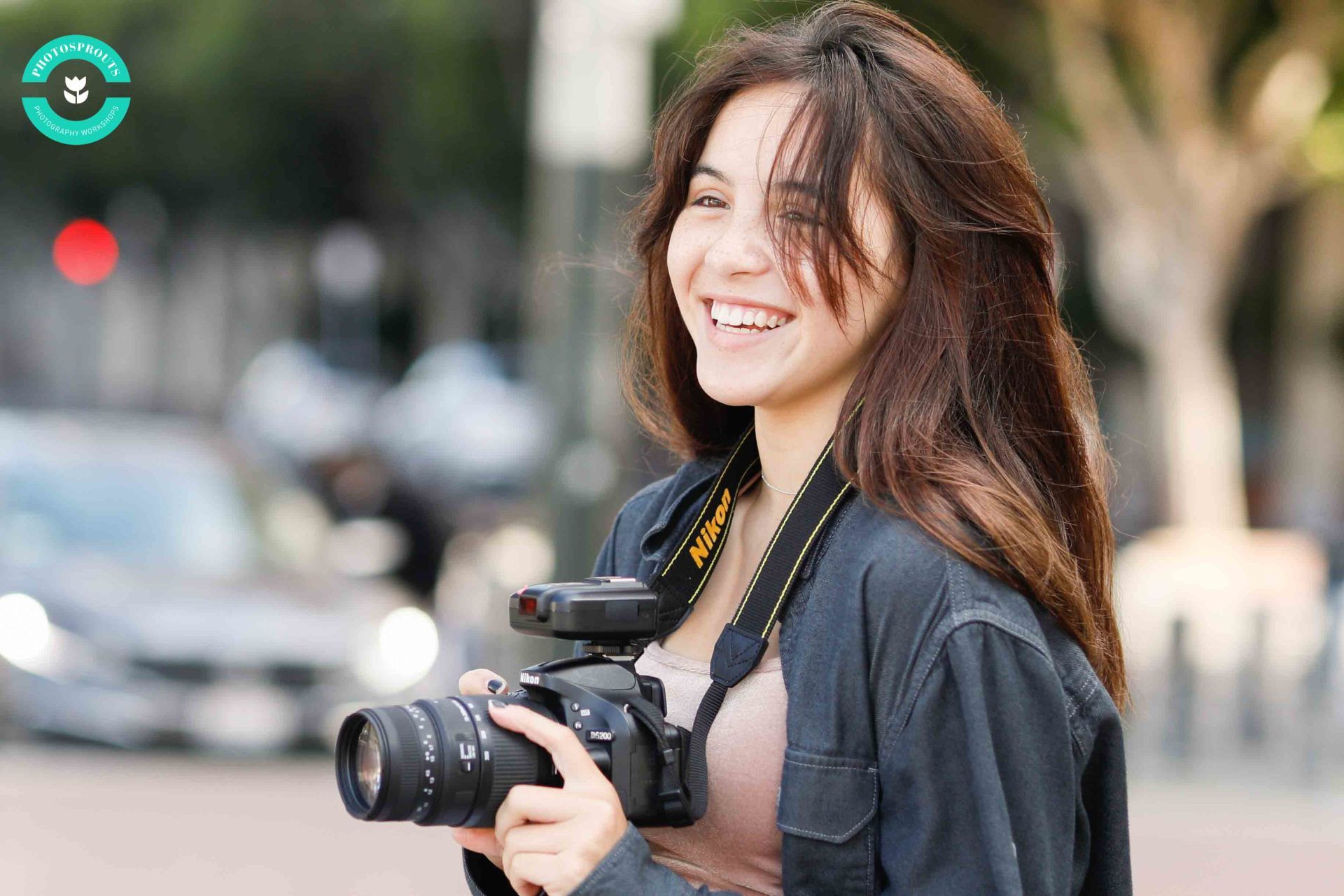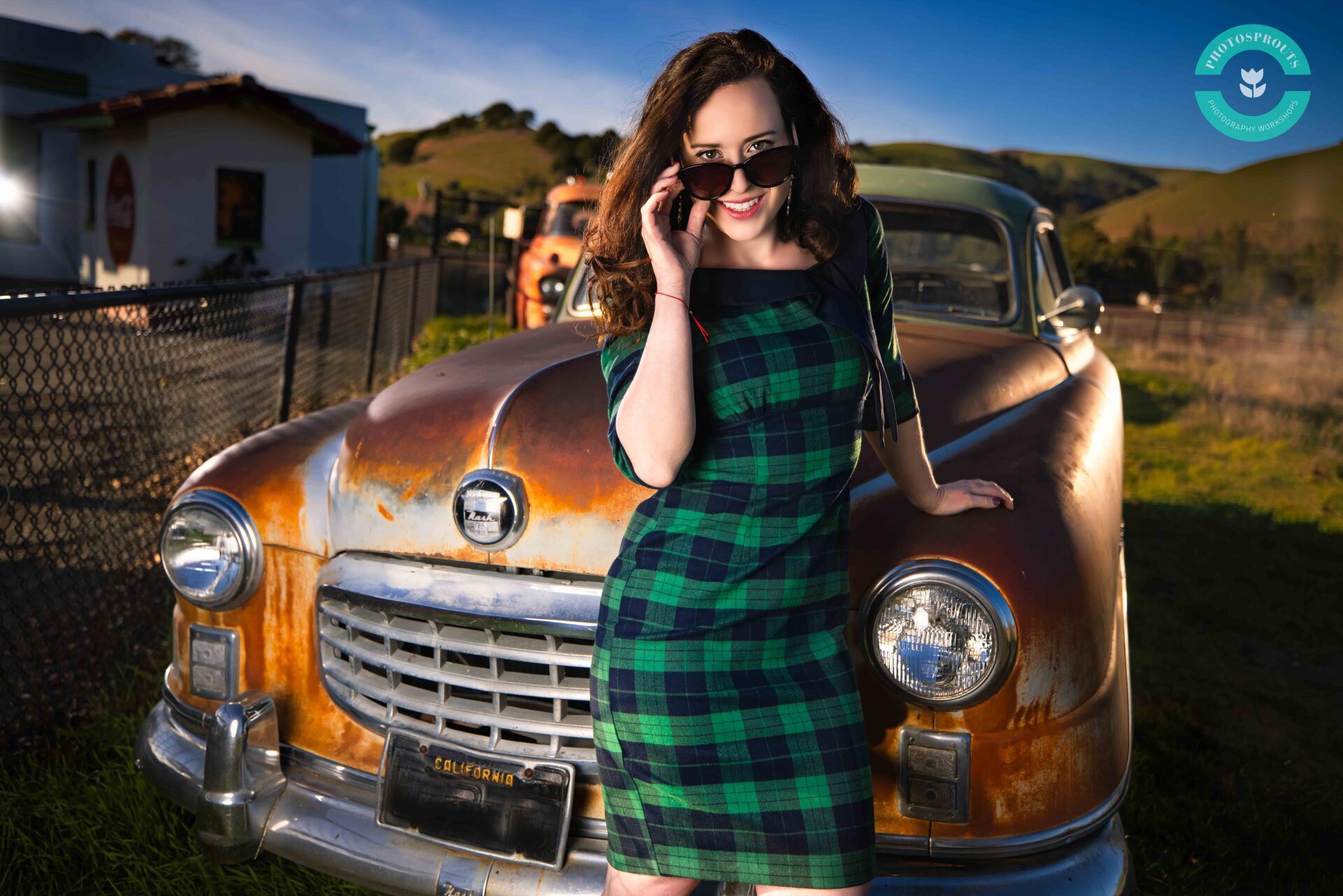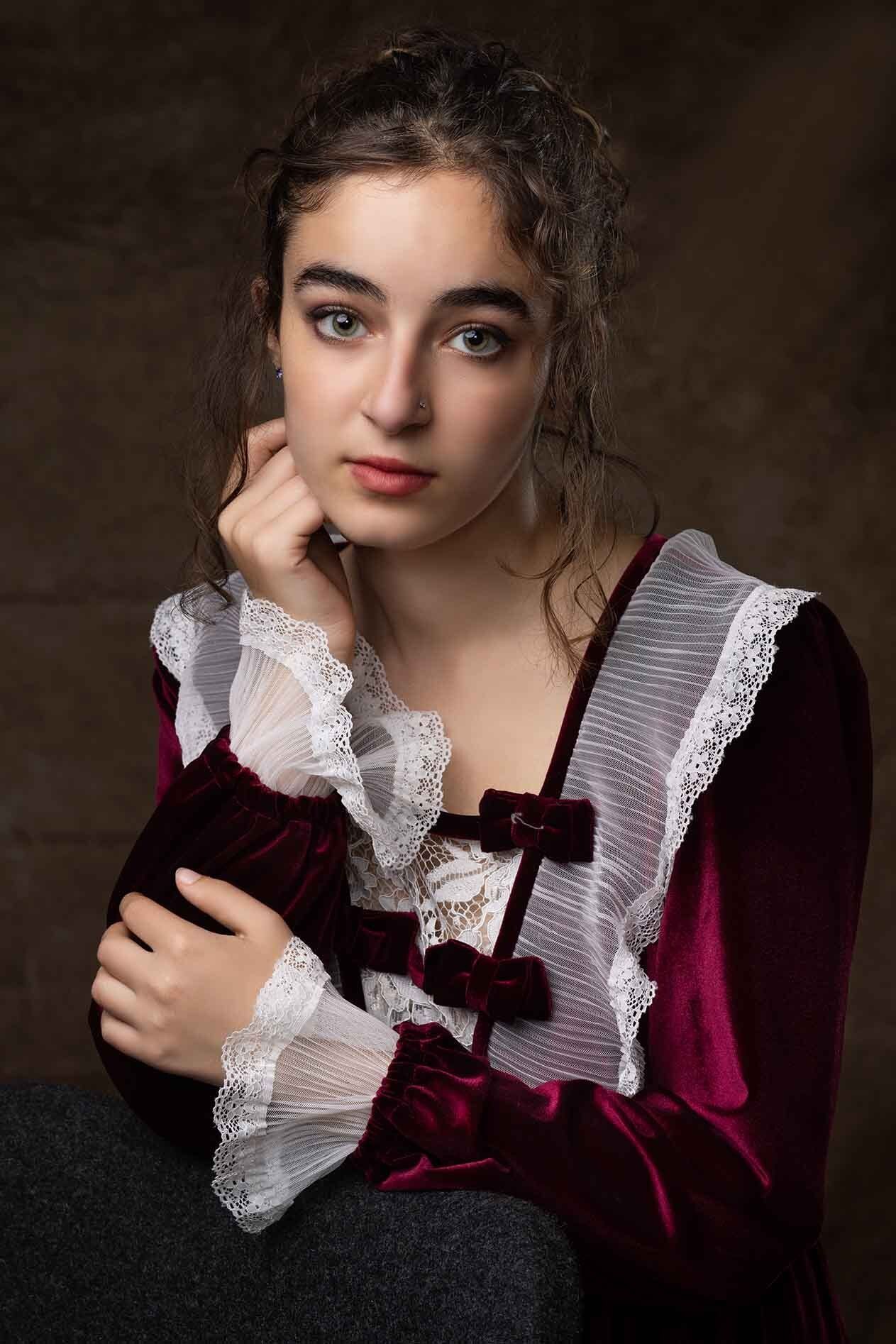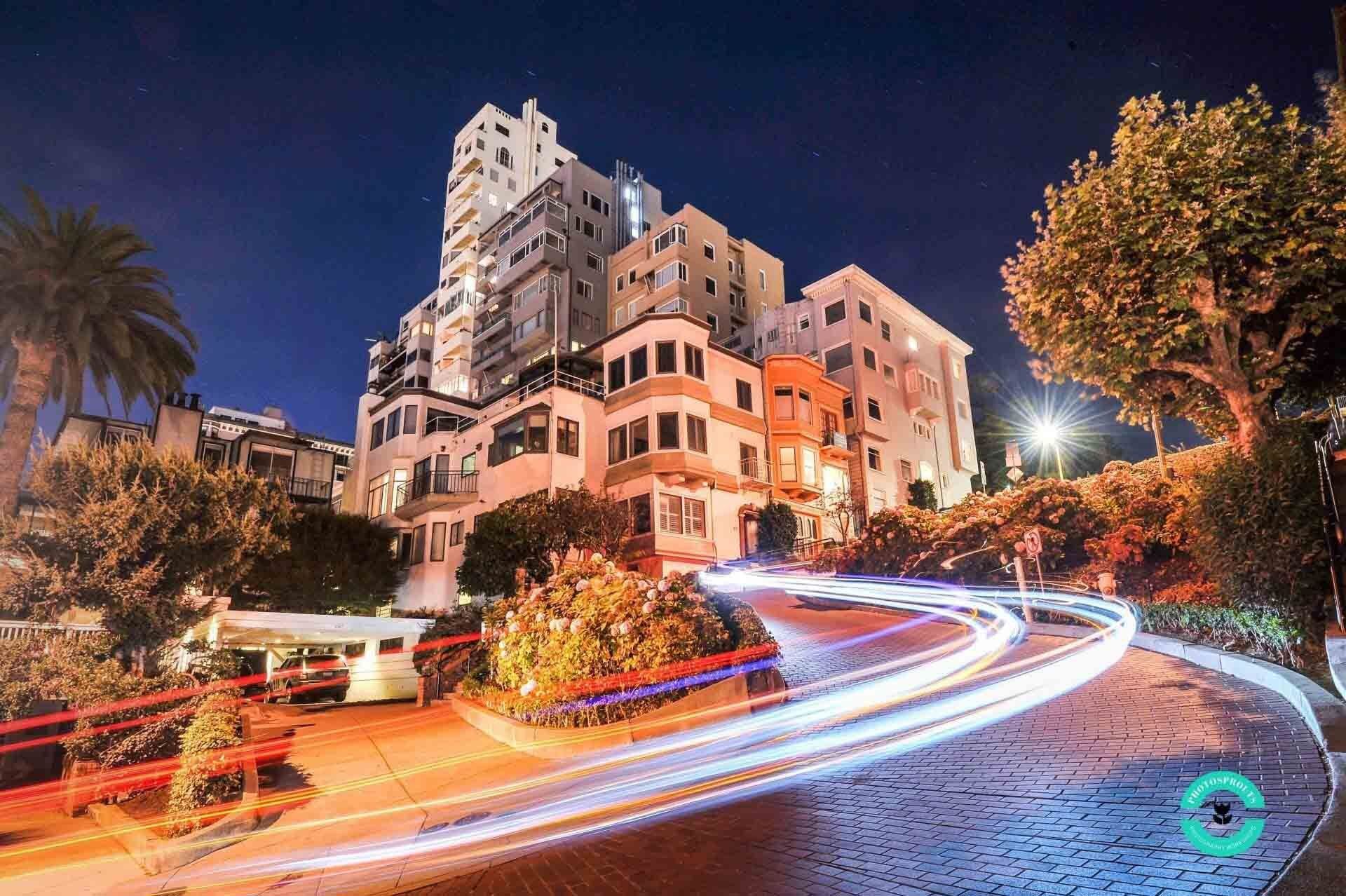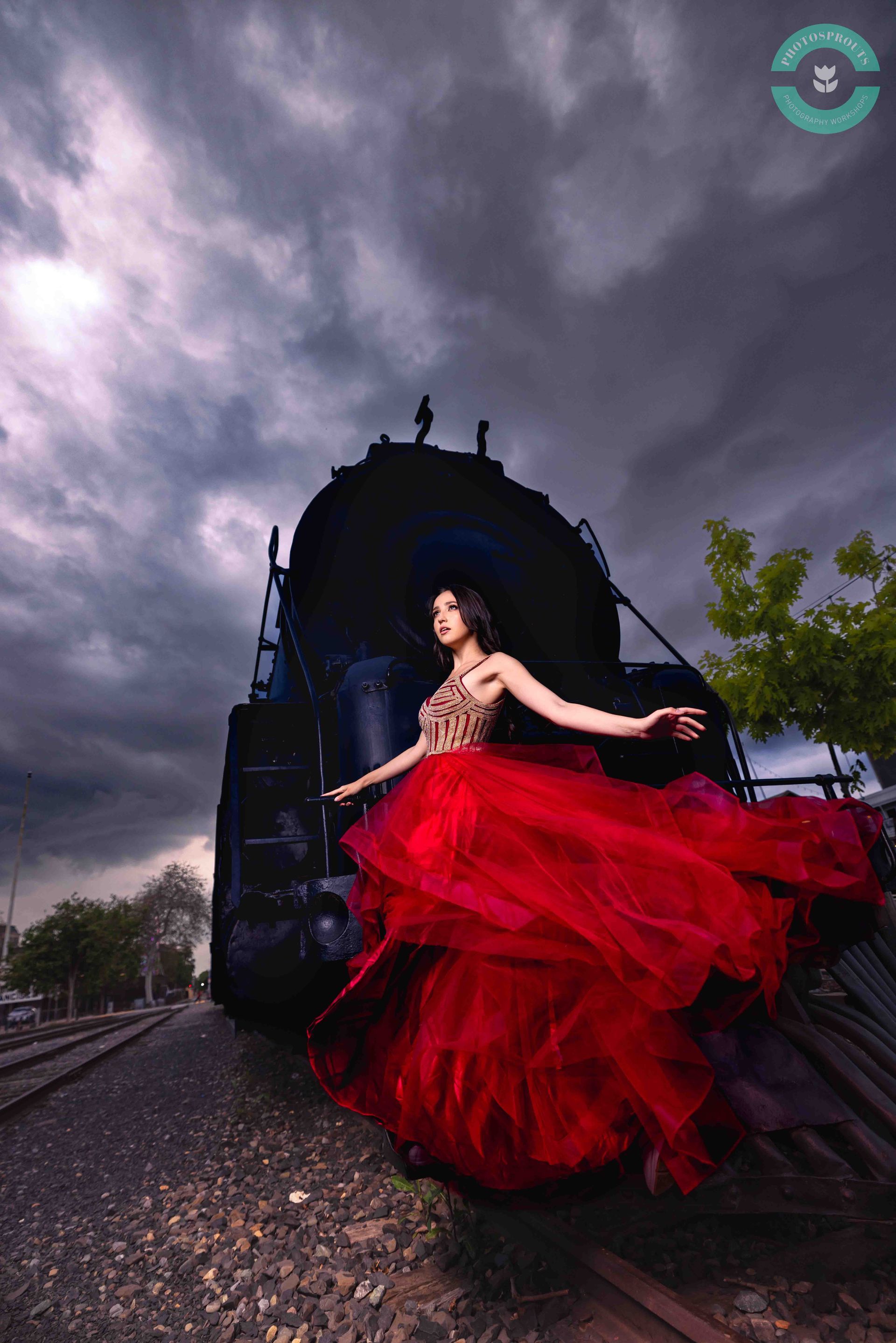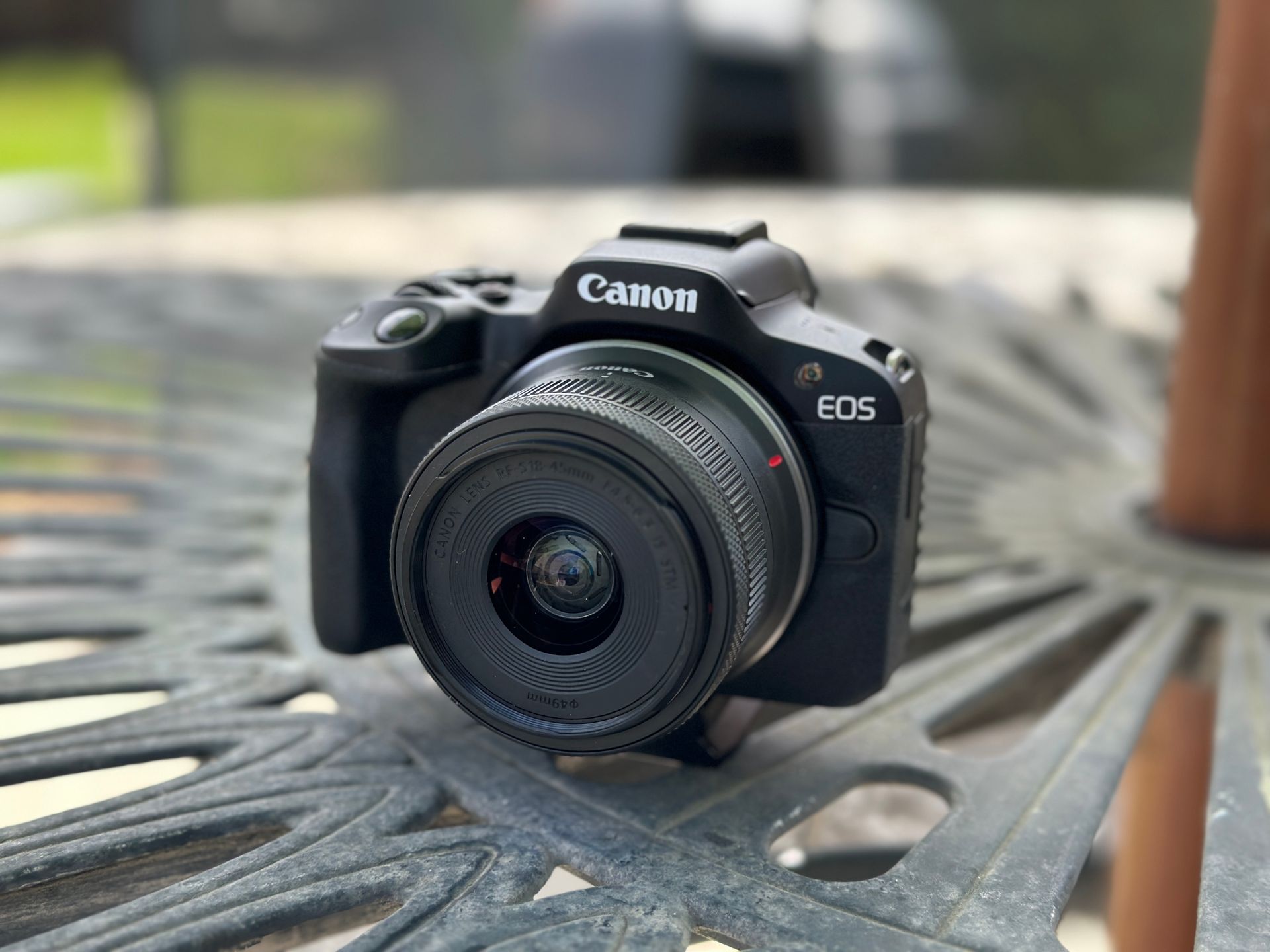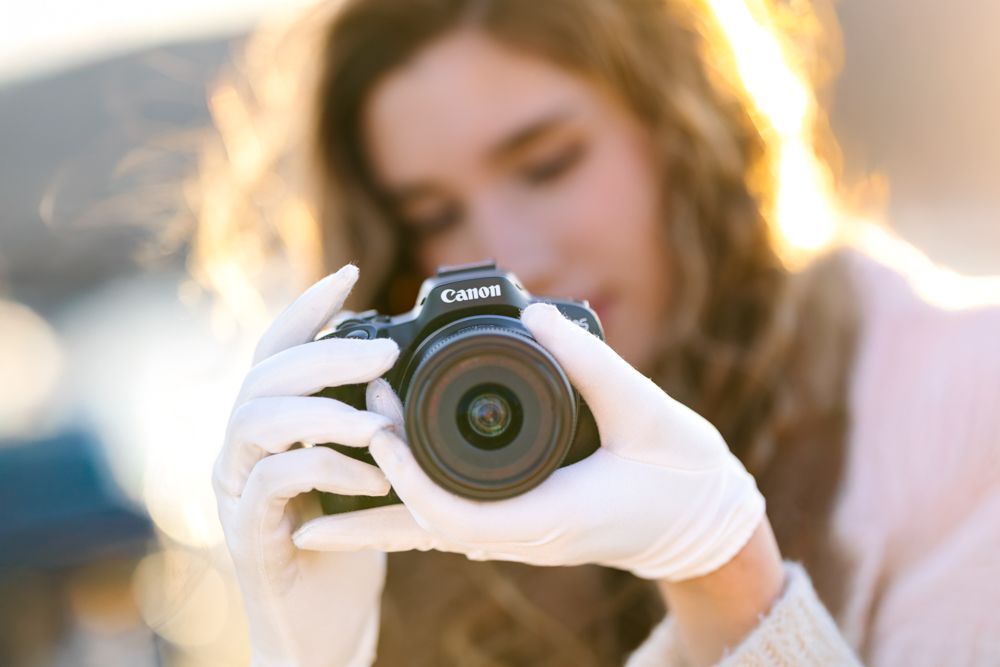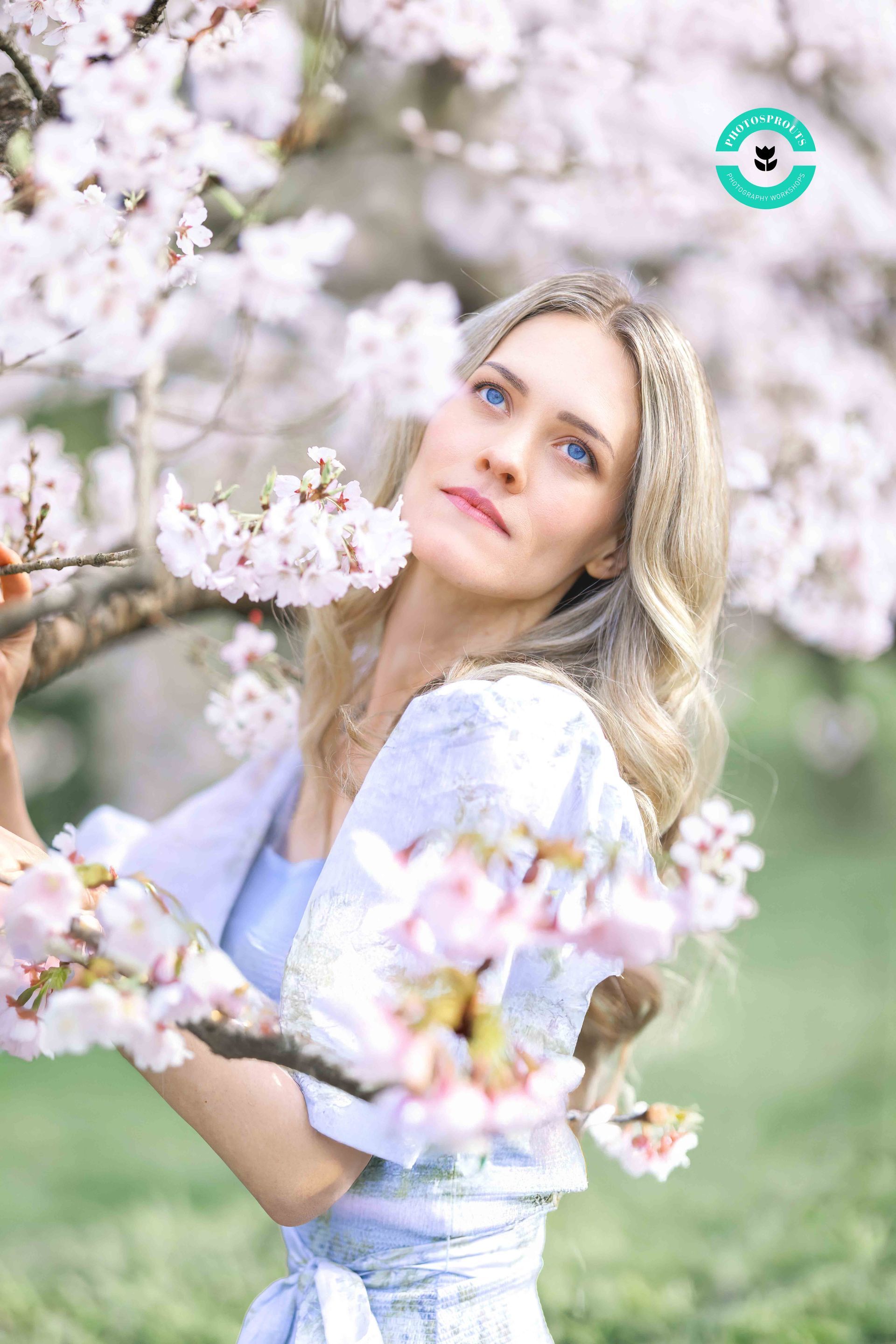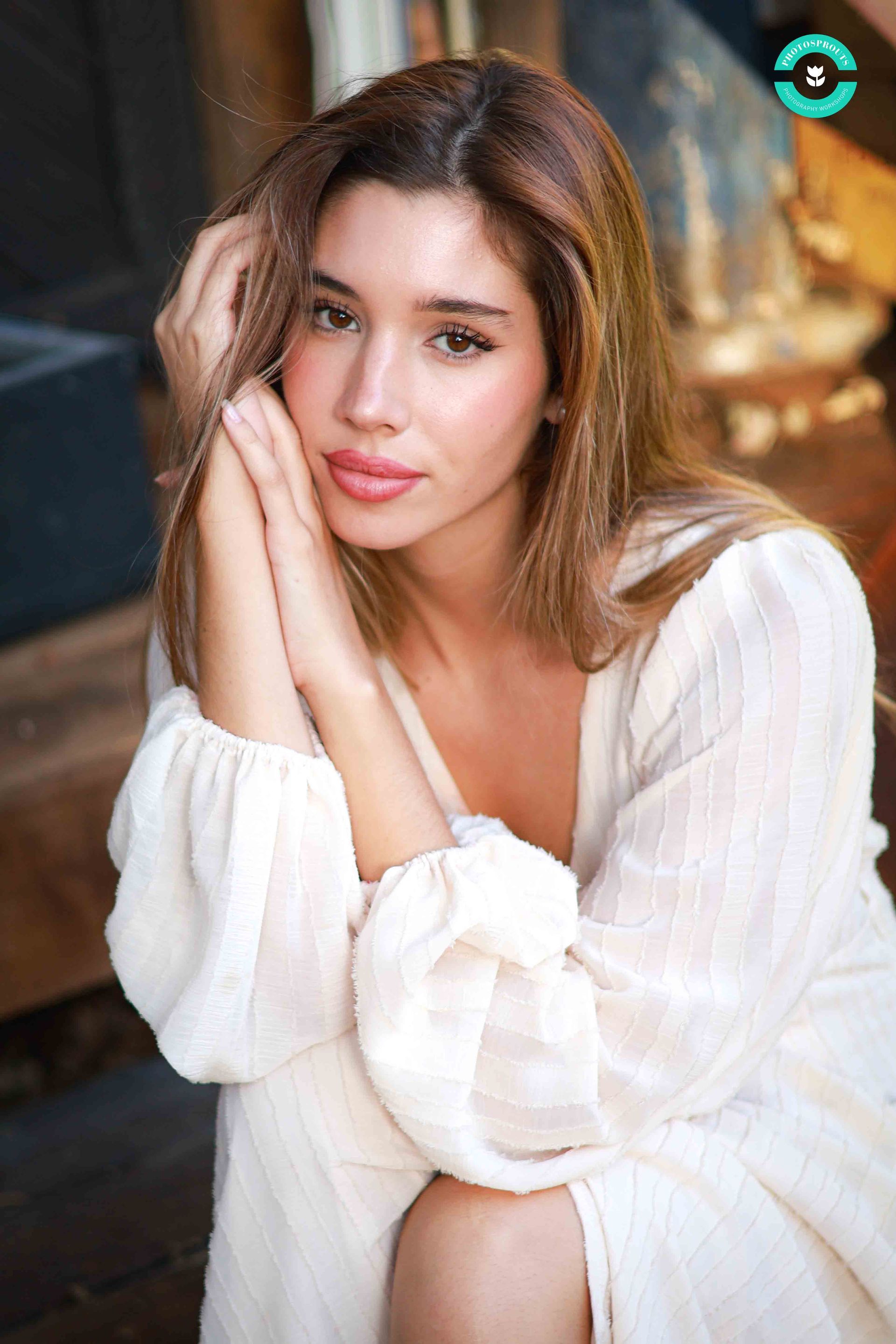Understanding ISO
Instructor Juan sharing his own experience of teaching the class -- How we help students understand ISO
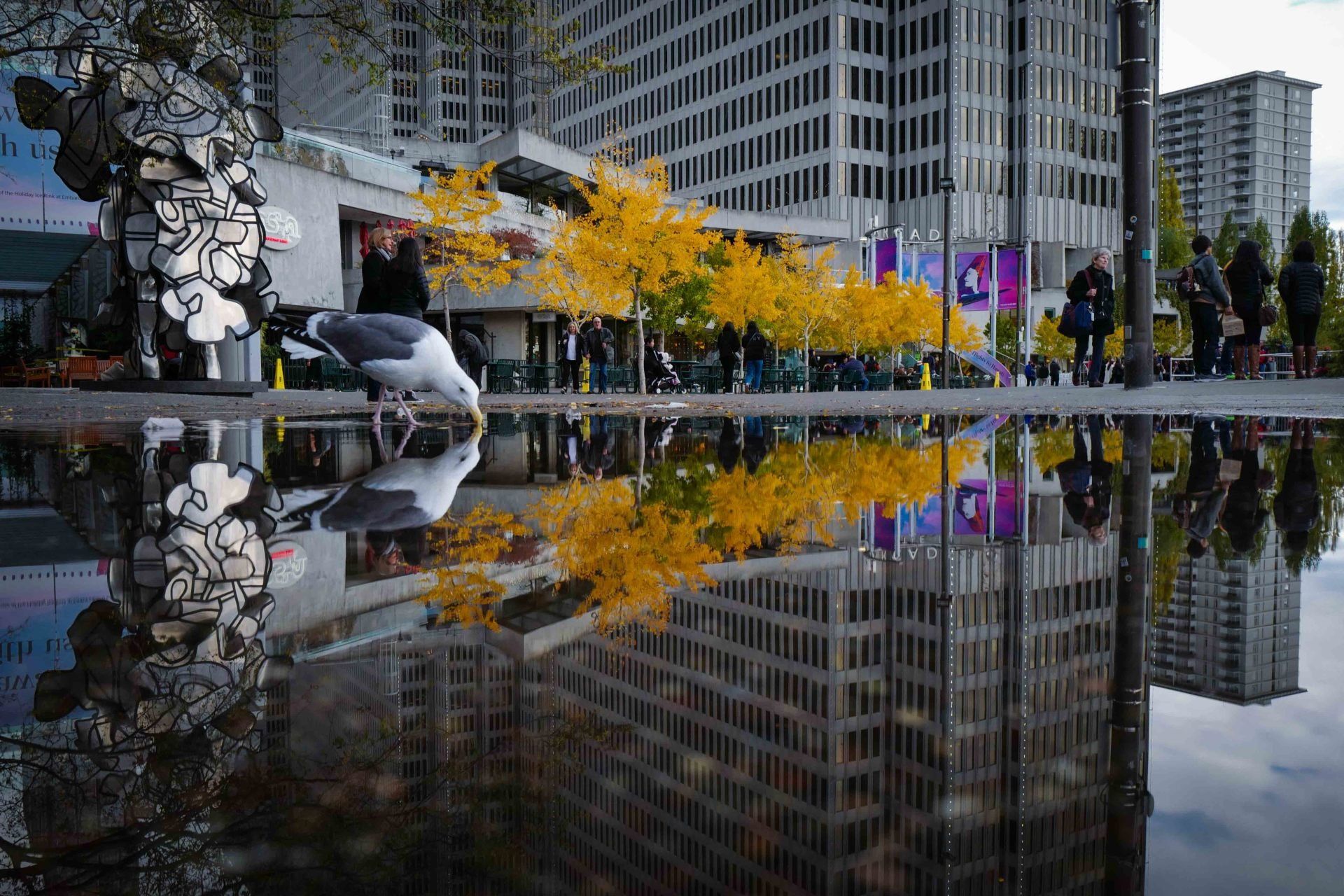
One of my favorite class activities occurs in the first hour of the Intermediate I Workshop. While discussing ISO, one of three settings that work together to control lighting in a camera, I show students a poorly lit picture from a birthday party and ask them two questions: “What do you think the ISO was that resulted in this underexposed picture? Secondly, what do you think the ISO should have been to get a correctly exposed picture?” Based on what the students learned in the Beginner Workshop about approximate ISO settings for different situations, every student uses the picture’s context to give their guesses. Some, who are less certain, ask if they can look through their notes for the answer. “Of course,” I say, “this isn’t a closed-note test.” I go through a few more pictures, each time eliciting guesses, and sometimes cheers from students who guess correctly. I also start complicating the questions more, asking the students to guess what the other two primary exposure settings, aperture and shutter speed, might be by scanning the pictures for clues, like a blurry background or an object in motion. Then comes the key moment: I ask students to describe how they arrived at each guess, what is physically happening in the camera to affect the lighting, and how their shutter speed and aperture estimations would impact their guess for the picture’s ISO. What follows are lengthy responses to fit a lengthy question, where the students combine their knowledge of the three settings and slowly talk through the thought process to give a final guess. This usually sounds something like “A normal ISO guess for this setting is _a number. I see the background is very close but very blurry, so I think the aperture must be around _a number__. That means ____ is happening inside the camera, which will make the picture __(brighter or darker). So that means I have to make my ISO __(higher or lower)__, so my final ISO guess is _a number_. Sometimes, even if the logic is completely sound, the final guess will be wrong because one of the estimates was slightly off, skewing the final answer. But getting the exact right answer isn’t the point of the exercise, being able to articulate the process is. Because it is definitely helpful to memorize specific information, like the typical ISO you would use outdoors on a sunny versus a cloudy day, but it’s more important to understand the interconnected nature of the settings and have the tools to find the correct settings wherever your photography takes you.





